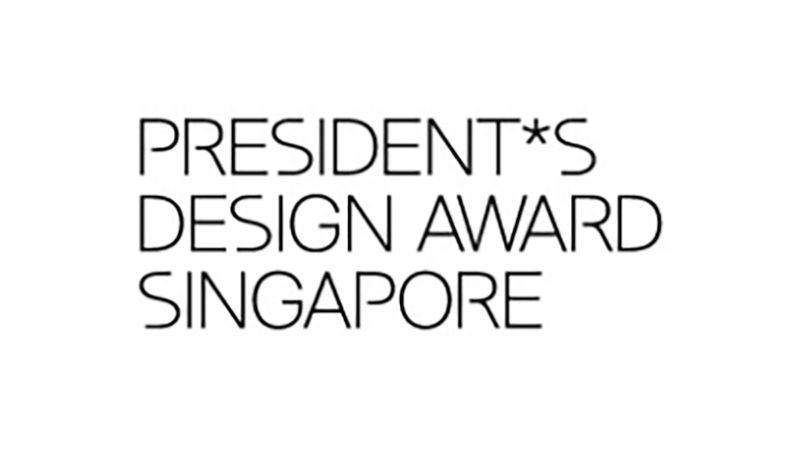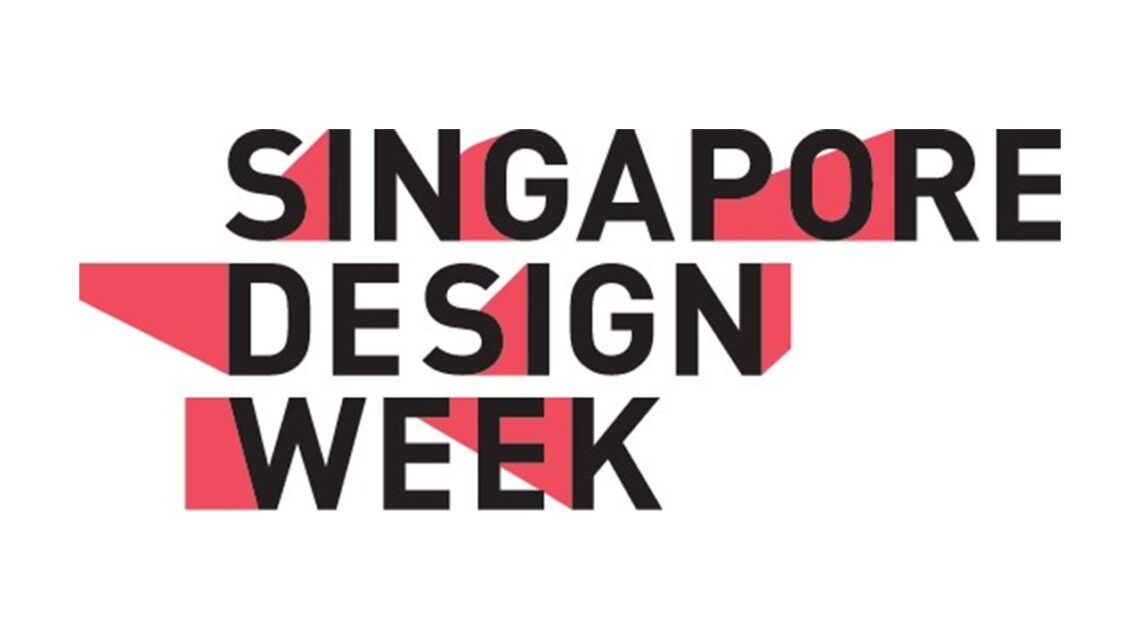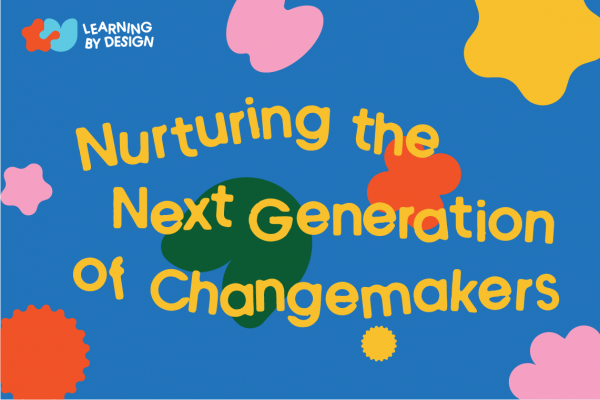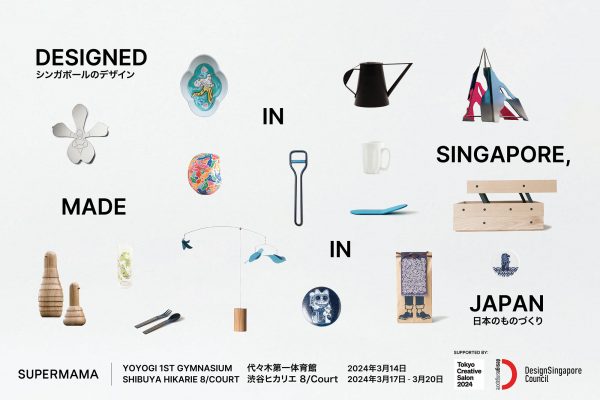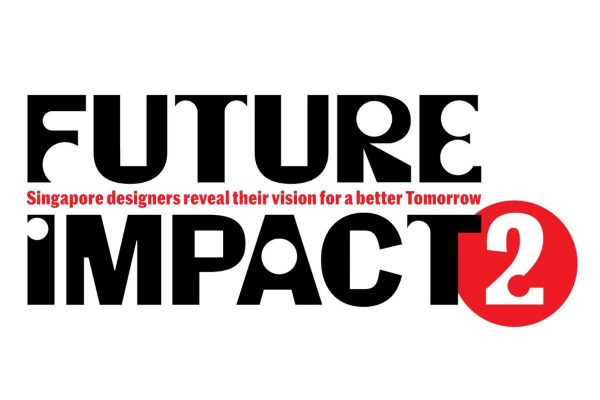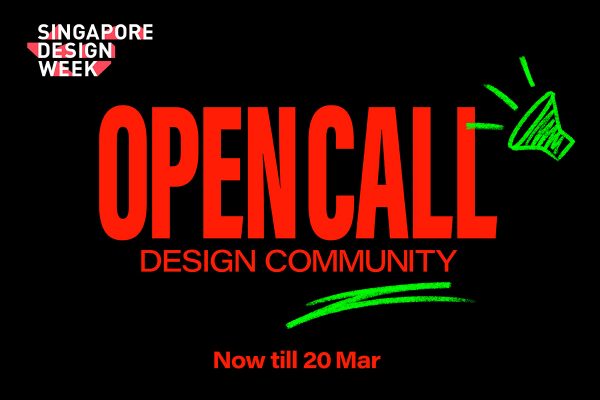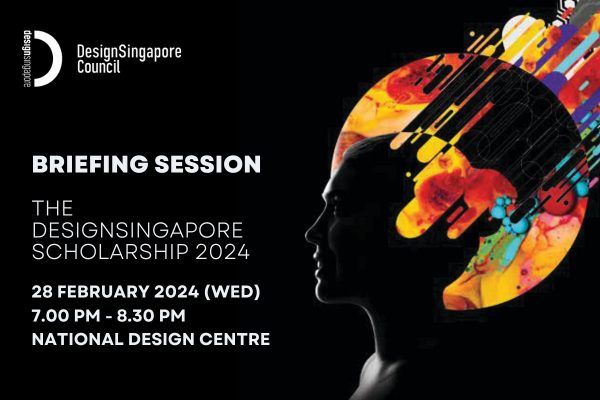Here are answers to some Frequently Asked Questions for anyone who is new to the idea of using design for their business.
- Q: Why should I consider using design to improve my business?
- Q: How can design be used in my business?
- Q: When people talk about “design thinking” what do they mean by it?
- Q: How can design thinking help me to understand my customers?
- Q: Which areas of my business could I use design thinking in?
- Q: Are there examples of businesses benefitting from using design?
- Q: Is there any government support to try out design thinking for my business?
Q: Why should I consider using design to improve my business?
A: Design is critical for innovation. Businesses are being disrupted – first by tech and most recently by the global pandemic COVID-19. Design can help you innovate in an agile and creative manner to adapt to new market conditions, enabling you to be more competitive. Hear what innovation thinker Scott Anthony (Ranked #9 in the world’s Top 50 Thinkers) had to say about the challenges faced by companies and how design can help them create value.
Q: How can design be used in my business?
A: You can use design in three ways.
- Design as styling: Use design skills like product, visual and interior design to make your existing products look and feel better e.g. create better packaging for your product or a more attractive shopfront.
- Design as process: Use design skills like service and experience design to identify and solve customer problems e.g. create a new retail experience or service blueprint
- Design as strategy: Use strategic design skills to understand the business landscape, find new opportunities and set a long-term vision, e.g. creating a business roadmap.
Q: When people talk about “design thinking” what do they mean by it?
A: In a nutshell: Design thinking is the approach of thinking like a designer and using the designer’s tools to solve problems creatively. Design thinking is a human-centred approach to innovation. A key element is empathy for the users of the product, service or experience. For more resources on design thinking, check out this website on design thinking by IDEO, a company known for using design thinking to great sucess.
Q: How can design thinking help me to understand my customers?
A: Instead of presuming what users want, the design thinking process uses research tools, such as observation and in-depth interviews, to get a deep understanding of the problems, emotions and realities of the people we are designing for. Understanding customers early can help us avoid costly failures later. Find out which are the five areas you can use design thinking in, below.
Q: Which areas of my business could I use design thinking in?
A: You can use design thinking for many purposes. Here are some popular ways it has been used to transform businesses:
- Improve customers experiences: Use design to understand your customers and then shape the way your business interacts with them to ensure more relatable experience.
- Pivot your business to adjacent markets: You can transform your business model by exploring new products, services or markets, resulting in increased profits and market share. For example, moving from being a B2B company to exploring new B2C services to grow revenue.
- Brand positioning / marketing: Many SMEs use design to attract younger consumers through refreshed branding and customer experience.
- Going digital: If you are going digital to boost productivity, you could tap design thinking as a way to develop an overarching strategy that merges both online and offline platforms. This so that your audience will experience a holistic, seamless experience when they interact with your business.
- Capability Development: You could introduce the approach of thinking like a designer in your organisation to help your employees think more creatively, work more collaboratively and innovate speedily.
Q: Are there examples of businesses benefitting from using design?
A: Here are some examples of local Small and Medium Enterprises (SMEs) that have used design to improve their businesses.
Meyer Lifts: This SME saw a 50% lift in revenue six months after rolling out measures to build customer trust in its brand, improve its communications, as well as deliver better customer experience and service.
Benjamin Barker: This homegrown menswear label used design thinking to create a tailored onboarding and training programme for its staff. It resulted in a service culture change and excellent customer service, contributing to record sales in 2019.
Cheng Yew Heng: This local rock sugar manufacturer was facing stagnant growth from B2B clients and decline in demand from B2C customers. It tapped design thinking to develop a new B2C rock-sugar-on-a-stick product, now known as the Jewel line. Since the launch of the new product, the company’s rock sugar revenue has seen a three-digit growth.
The Soup Spoon: The local F&B company started using design thinking in 2012. It found the concept so useful that it engaged design consultants to develop a 10-year plan to make the company a global brand.
Q: Is there any government support to try out design thinking for my business?
A: Try our Design for Business: User Journey Mapping initiative. This introductory scheme gives SMEs an overview to the practice of improving customer experiences by better understanding how their customers interact with their products, services and processes. SMEs that qualify for this programme will be eligible for co-funding as part of Enterprise Singapore’s Enterprise Development Grant (EDG).
As announced at Supplementary Budget 2020, the maximum support level for the EDG will be raised to 80% from 1 April 2020 to 31 December 2020. For enterprises that are most severely impacted by COVID-19, the maximum support level may be raised to 90% on a case-by-case basis.
For SMEs that wish to develop a comprehensive roadmap for business improvement, please refer to the Design for Business: Frame & Scope scheme.
